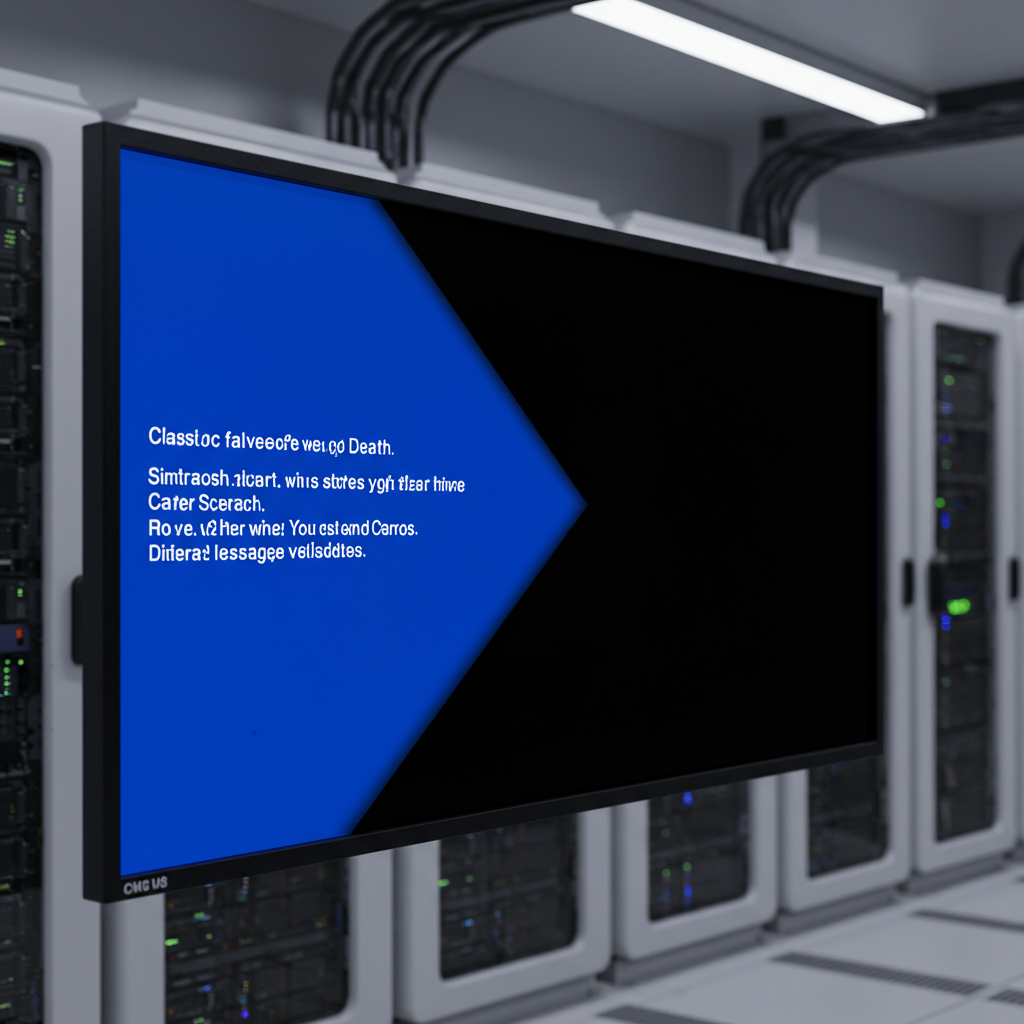Apple’s latest annual Worldwide Developer Conference (WWDC) brought exciting news for Mac users. Announced alongside updates to iOS, iPadOS, watchOS, tvOS, and visionOS, the next version of macOS, codenamed “Tahoe” and officially known as macOS 26, promises a significant free upgrade later this year. This update focuses on streamlining experiences across Apple devices, introducing a fresh visual design, and deeply integrating advanced AI features powered by Apple Intelligence.
While developers can access a beta version now, a public beta is expected in July, with the full release anticipated this fall. MacOS 26 is packed with enhancements designed to make your Mac more capable, intuitive, and seamlessly connected to your iPhone.
Here’s a look at some of the most impactful new features coming in macOS 26 Tahoe:
A Unified Visual Experience with “Liquid Glass”
MacOS 26 adopts Apple’s new “Liquid Glass” design language, first seen in iOS 26. This visual overhaul aims to create a more cohesive look and feel across all Apple platforms. Expect redesigned elements like the dock, sidebars, and toolbars featuring a translucent aesthetic that allows more content to show through without clutter. Rounded corners and added dimensionality further enhance the visual depth, bringing the Mac interface closer in appearance to the iPhone.
Beyond aesthetics, this update brings enhanced customization options. You’ll be able to adjust the Control Center layout, choose dark or light modes, personalize icons, and even customize folder appearances with colors, themes, and emojis, mirroring the personalization options available on iOS.
Deeper iPhone Integration, Including the Phone App
The lines between your iPhone and Mac blur further with macOS 26. A dedicated Phone app is finally arriving on the Mac, allowing you to access recent calls and contacts synced directly from your iPhone. Making or receiving calls from your computer becomes as simple as a single click. This integration also brings new iOS 26 call features like Hold Assist and Call Screening directly to your Mac.
Additionally, iPhone Live Activities will now be visible on your Mac screen. Track everything from food deliveries to rideshare progress without switching devices. Clicking on a Live Activity will even trigger iPhone Mirroring, giving you full interactive control of your iPhone directly from your Mac, enabling actions like replying to a message or adjusting a navigation route.
Spotlight Becomes a Powerful, AI-Driven Control Center
Spotlight, long a simple search bar, is transforming into a significantly more powerful tool in macOS 26. Integrated tightly with Shortcuts and powered by Apple Intelligence, it evolves into a versatile control panel.
You’ll be able to perform app-specific actions directly from Spotlight. For example, in a photo editing app, you could search for “adjust color tone” in Spotlight to bring up that specific function, streamlining workflows even in complex applications.
Key enhancements include:
Clipboard History: Easily access past copied items directly within Spotlight.
AI-Powered Automations: Leverage Apple Intelligence to create complex actions like summarizing text, generating images, or other tasks, with access to on-device models or ChatGPT.
Quick Keys: Use simple shortcuts (like “sm” for “send message”) to jump directly into tasks without opening separate apps.
Intelligent Actions: Shortcuts themselves gain new capabilities powered by AI, enabling more sophisticated automations.
Apple Intelligence: AI Features Come to Mac
Building on its introduction, Apple Intelligence is deeply integrated into macOS 26. This brings core AI features previously announced for the iPhone to the Mac, enhancing productivity and creativity.
Notable AI features available on macOS include:
Personalized Siri: A more contextually aware and helpful Siri experience.
AI Writing Tools: Features for proofreading, rewriting, and improving text across various applications.
Live Translation: Real-time translation is coming to text messages and spoken conversations in apps like Messages and FaceTime.
Genmoji & Image Playground: Create custom emojis (Genmoji) and generate images in various styles (Image Playground) using text descriptions. Image Playground now supports additional styles like oil painting and vector art and can integrate with ChatGPT for more options (with user permission).
- Visual Intelligence: Scan and understand content on your screen across apps. You can ask questions about what you see, with the option to use ChatGPT for screen-based queries.
- www.zdnet.com
- www.zdnet.com
- www.techradar.com
- www.techradar.com
- www.zdnet.com
Crucially, Apple is also opening up macOS 26 to third-party developers, allowing them to integrate Apple Intelligence into their own applications. This promises a new wave of intelligent features across the Mac ecosystem. Apple emphasizes that many of these AI tasks are processed on-device to ensure user privacy.
Native Container Support for Developers
For developers, macOS 26 introduces a potentially revolutionary feature: native support for Linux containers. This allows developers to run isolated Linux environments directly on their Mac without relying on third-party tools like Docker Desktop.
Containers package application code and all its dependencies into a lightweight, portable unit that runs predictably regardless of the environment. With native container support, developers gain out-of-the-box capabilities comparable to existing tools, including creating, running, pulling, and pushing container images.
Apple’s approach uses a new, secure framework based on a Swift init system, ensuring strict isolation from the macOS kernel. This native integration is expected to offer improved performance, enhanced security, and a more streamlined workflow for developers working with containerized applications. While primarily a developer feature, this could pave the way for simpler deployment of containerized services on macOS in the future.
Enhanced Gaming Experience
MacOS 26 brings a dedicated Games app to the Mac, mirroring the new app on iOS and iPadOS. This hub serves as a central store, launcher, and leaderboard for Mac games. It includes an in-game overlay providing quick access to system settings, online friends, and communication tools.
Complementing the new app is Metal 4, Apple’s latest graphics technology. Metal 4 introduces advancements like MetalFX Frame Interpolation and MetalFX Denoising, promising higher quality visuals, smoother animations, and improved frame rates for a better gaming experience on compatible Macs.
Important Compatibility Note
It’s important to know that not all Macs will be able to run macOS 26 Tahoe. The update requires Macs powered by Apple Silicon (M1 chip or later). This means older Macs with Intel processors, generally those manufactured before 2020, will not be compatible with the new OS version.
If you own an Intel-based Mac, you can still run previous macOS versions like Sequoia or Sonoma, depending on your device’s model year. The move to macOS 26 further solidifies Apple’s transition away from Intel hardware.
Overall, macOS 26 Tahoe represents a significant evolution for the Mac, bringing powerful AI capabilities, a refreshed design, and deeper integration with the Apple ecosystem, particularly for those who rely on their iPhone alongside their computer.




